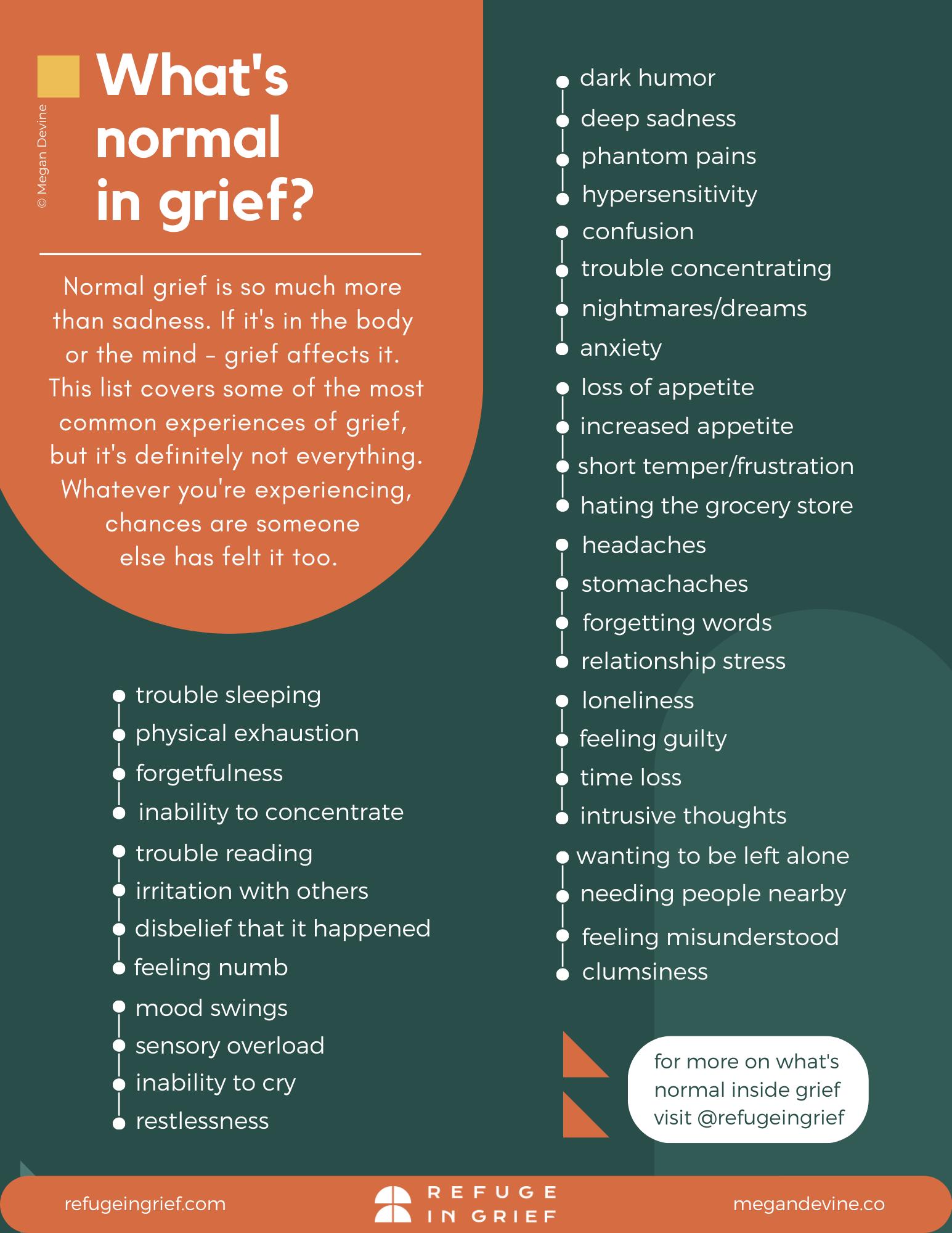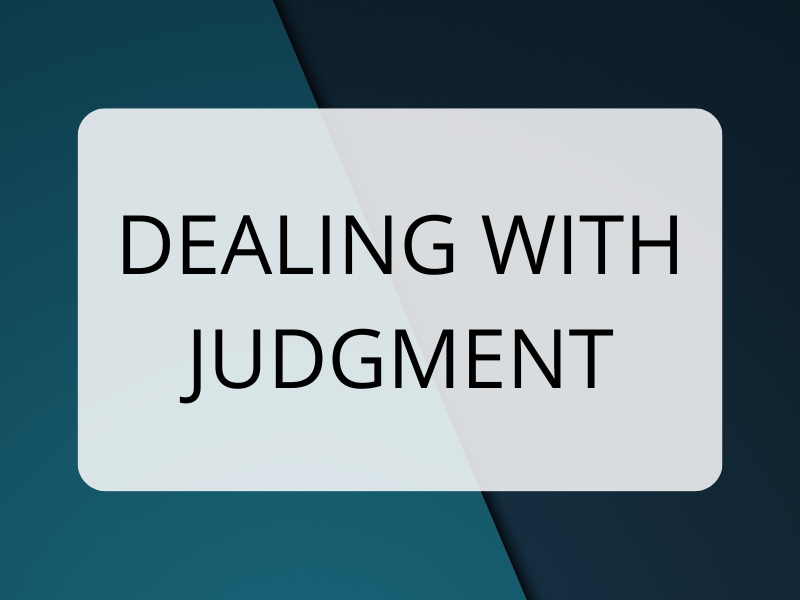Is their grief normal?
What is considered normal in grief? And when should you be worried about your grieving friend?
Most people think about grief in terms of the five stages of grief: a set list of emotions you should get through, in order, as quickly as possible. But normal grief is much, much more than we’ve been taught. And those grief timelines - 6 weeks, 6 months, one year, eighteen months? They’re wrong. Grief lasts as long as love lasts.
Pain is really hard to witness. If you’re trying to support a grieving friend, or you’re a grief therapist, knowing when someone needs more help can be tricky. Grief itself isn’t a problem: grieving people need support inside their grief, rather than help to get out of their grief.
So when should you worry? The big things to pay attention to are increased substance use, suicidality, self harm & risky behaviors, and/or an extended decrease in what mental health providers call “activities of daily living,” ie: eating, drinking, bathing. It’s not that these issues are wrong - in fact, grief affects appetite and energy levels - but if your friend is struggling in these areas, it’s your cue that they can use additional support to help them survive.
For a list of what’s normal in grief, tap here to Download the Tip Sheet.

- If you’re trying to support a grieving friend, explore the resource library, or get customized, text-based tips through Help Texts. Use code megandevine to get $10 off.
- If you’re a mental health professional and you want to know how to work with grieving clients, come study with Megan.
- For everyone: grief is on everyone’s mind (whether they call it grief or not). Join the conversation here.


